
India Travel Guide for Foreigners: Your Comprehensive Companion
Posted on By Blog Admin
India Travel Guide for Foreigners: Your Comprehensive Companion
India Travel Guide for Foreigners: Exploring a Land of Diversity: India, a land of captivating diversity, stands as one of the world’s most extraordinary travel destinations. With over a billion people and a civilisation that has thrived for thousands of years, India offers a kaleidoscope of sights, sounds, and experiences. From bustling cities filled with historical landmarks and vibrant markets to serene temples and tranquil backwaters, India is a sensory feast. It offers moments of both exhilarating chaos and soothing stillness.
For many, a first trip to India is a transformative experience. It blends culture shock with the joy of discovery. As a country that embraces modernity while holding steadfastly to its rich traditions, India creates a unique tapestry of old and new. Ancient temples stand beside skyscrapers, lush green landscapes give way to deserts, and centuries-old rituals coexist with cutting-edge technology. This India travel guide for foreigners aims to help you navigate the country’s diversity, embrace its culture, and savor its countless wonders with confidence.
Whether you are drawn by the cuisines and festivals of West Bengal, the majestic Himalayas, the sun-soaked beaches of Goa, the awe-inspiring architecture of Rajasthan, or the spiritual retreats of Rishikesh and Varanasi, India has something for every traveler. Prepare yourself for an adventure as much about exploring the outer world as it is about self-discovery.
Preparing for Your Indian Adventure
Health and Safety
- Vaccinations: Consult a health professional 6–8 weeks before your trip. Recommended vaccinations include hepatitis A and B, typhoid, and tetanus.
- Insurance: Comprehensive travel insurance is essential. Ensure it covers medical emergencies, evacuation, and activities like trekking.
- Mosquito Protection: Prevent malaria and dengue by using insect repellents and wearing long sleeves.
Travel Essentials
The Regular Indian Visa and the eVisa for India differ in terms of application process, validity, and usage. Here’s a detailed comparison:
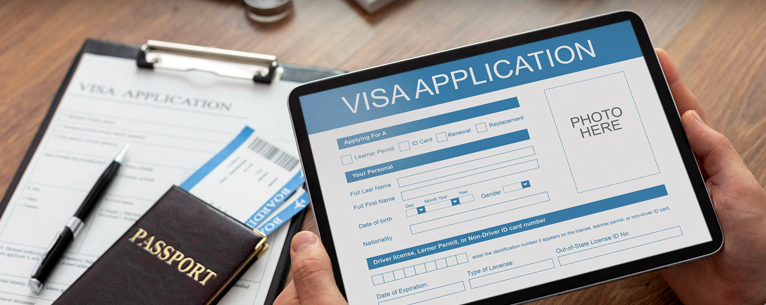
1. Application Process
Regular Indian Visa:
Requires visiting an Indian embassy or consulate or the nearest VFS (Visa Facilitation Services) center.
Involves submitting physical documents, photographs, and a visa application form.
Often requires an in-person interview or biometric data collection.
Processing times can range from a few days to weeks.
eVisa for India:
Fully online application process.
Requires uploading scanned copies of documents (passport and colour photo. The photo should be against a white background, ears visible and no spectacles).
Approval is sent via email, typically within 3–5 business days.
No need for embassy visits or physical submissions.
2. Validity and Duration
Regular Indian Visa:
Typically offers longer validity, such from 1 to 10 years for some categories (e.g., tourist, journalist or business visas).
Allows for stays of up to 180 days at a time, depending on the visa type and nationality.
Offers multiple entry options.
eVisa for India:
Valid for shorter durations, such as 30 days, 1 year, or 5 years, depending on the visa type.
Allows stays of 30–90 days per visit, depending on nationality and visa type.
Typically, a double-entry or multiple-entry visa for tourist or business purposes, but single-entry for medical purposes.
3. Eligible Nationalities
Standard Indian Visa:
Available to citizens of all countries, subject to Indian visa regulations.
eVisa for India:
Available to citizens of approximately 160 countries (specific eligible countries listed by the Government of India).
Some nationalities may not be eligible for eVisa and must apply for a standard visa.
4. Purpose of Travel
Standard Indian Visa:
Suitable for a wide range of purposes, including work, study, journalism, and long-term stays.
Offers flexibility for specialised categories like employment, research, and residency.
eVisa for India:
Limited to specific purposes like tourism, short-term business, medical treatment, or attending conferences.
Not valid for employment, journalism, or long-term residency.
5. Entry Points
Standard Indian Visa:
Can be used at all ports of entry (airports, seaports, and land borders).
eVisa for India:
Can only be used at designated airports (25+) and seaports (5+).
Land border crossings are not allowed with an eVisa.
6. Cost
Standard Indian Visa:
Costs vary by visa type, duration, and nationality. It often includes additional charges like service or processing fees.
eVisa for India:
Generally, less expensive than a standard visa.
Fees depend on nationality and visa type but are usually fixed for the eVisa.
Which One to Choose?
Opt for a Regular Indian Visa if:
You need a long-term visa or multiple entries over a longer period.
Your purpose of travel isn’t covered by the eVisa (e.g., work or study).
You plan to enter India via land borders.
Opt for an eVisa if:
Your travel is short-term and for tourism, business, or medical purposes.
You want a faster, more convenient application process.
Your entry points align with the designated airports and seaports.
Key Points to Remember in this India Travel Guide for Foreigners
- Passport Validity: Your passport must be valid for at least 6 months from the date of arrival in India and have at least 2 blank pages.
- Restricted Areas: Some regions in India require special permits (e.g., Arunachal Pradesh, Sikkim).
- e-Visa Limitations: e-Visas are not extendable, non-convertible, and valid only at designated airports and seaports.
- Local Contact Info: Keep hotel bookings or host details handy for immigration.
- Medical Insurance: Recommended, especially for medical travellers.
- Fake Websites: Use only the official Indian visa website to avoid scams.
India Travel Guide for Foreigners: Local SIM Card: Buy one upon arrival for easier communication and navigation. Unlocked phones work best.
- Local SIM Card: Buy one upon arrival for easier communication and navigation. Unlocked phones work best.
When is best to travel to India
India best time to travel
- Seasonal Planning: The best time to visit most destinations in India is from October to March. Avoid May to September due to scorching heat and monsoons.
- Festivals: India’s cultural calendar is packed with festivals like Diwali, Holi, and Durga Puja, offering unique travel experiences. However, these festivals can also affect transport and accommodation availability, so plan accordingly.
Cultural Etiquette and Safety Tips in this India trip blog
Understanding Local Customs: India Travel Guide for Foreigners: Things to do in India
- Greetings: Use “Namaste” with hands joined or “Salaam Alaikum” for Muslim locals. A warm smile and politeness go a long way.
- Dress Modestly: In rural or religious areas, opt for loose clothing that covers your shoulders and knees. Lightweight scarves are useful for temple visits.
- Tipping and Bargaining: Haggling is common in markets, but always remain respectful. For services, tipping 10–15% is appreciated.
Safety Tips for Women Travellers given in this India Travel Guide for Foreigners
- Solo Safety: Avoid isolated areas, especially at night. Use women-only transport options in local trains.
- Clothing Tips: Wearing local attire can help you blend in and feel more comfortable.
Exploring India through this India trip blog: Top Destinations
Iconic Highlights
- Kolkata: Known as the “City of Joy,” it’s famous for its glorious temples, colonial architecture, Asia’s renowned museums, and botanical gardens.
- Darjeeling: Popular for its tea gardens, snow-capped mountains, and adventurous hiking trails.
- Golden Triangle: Delhi, Jaipur, and Agra (home to the Taj Mahal) form a classic route filled with history and architecture.
- Kerala: Known as “God’s Own Country,” its backwaters, beaches, and hill stations promise tranquillity.
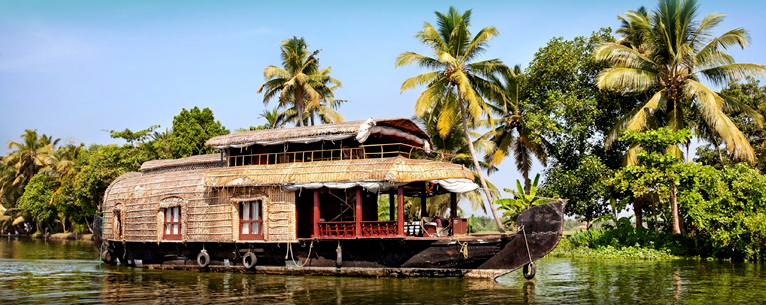
- Rajasthan: Famous for its forts, palaces, and the desert city of Jaisalmer.
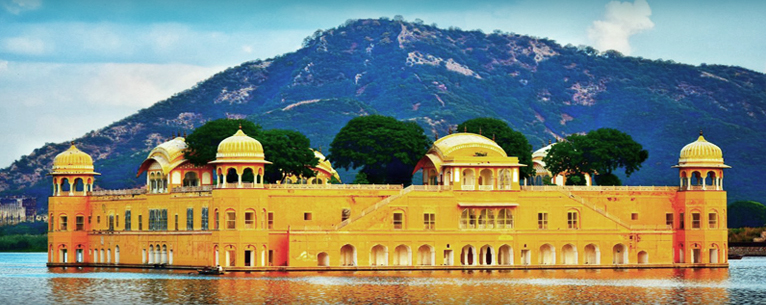
- Himalayas: Trekking in Ladakh, Himachal Pradesh, or Sikkim offers breath-taking views and adventure.
Offbeat Gems through this India travel guide for foreigners
- Bishnupur: located in West Bengal, India, is renowned for its terracotta temples, vibrant Baluchari sarees, and rich cultural heritage.
- Hampi: A UNESCO World Heritage site with stunning ruins and landscapes.
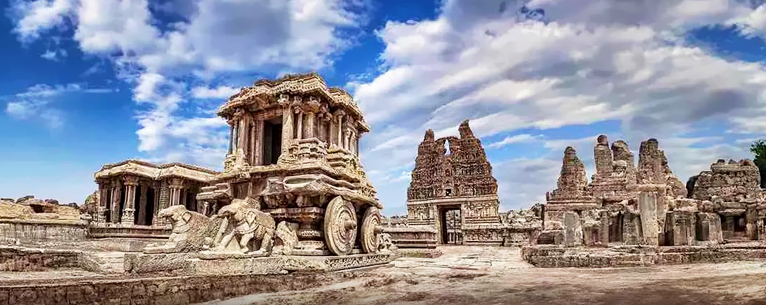
- Chhattisgarh: Explore tribal culture and untouched natural beauty.
- Bundi: Known for its beautiful step-wells and palaces.
- Orchha: A historical town steeped in medieval charm.
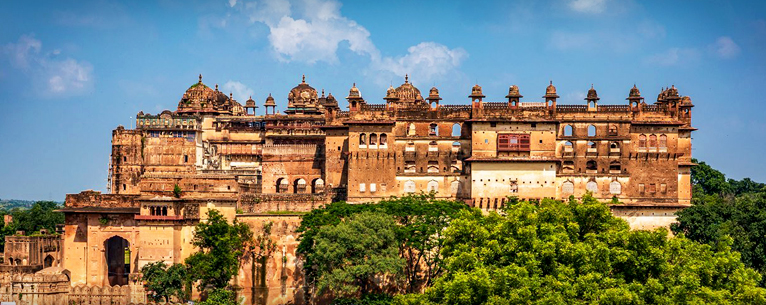
Navigating Transport and Logistics
Getting Around through this India travel guide for foreigners
- Trains: India’s extensive rail network offers an authentic travel experience. Opt for air-conditioned classes for comfort.
- Domestic Flights: Ideal for long distances, with affordable options available.
- Local Transport: Auto-rickshaws and taxis are ubiquitous but require fare negotiation. Public buses are cheap but often congested.
India Travel Guide for Foreigners: Staying Connected
- Use trusted booking platforms like Flying Squirrel Holidays for accommodations and travel arrangements. This India travel guide for foreigners emphasizes convenience and reliability when planning logistics.
Cultural and Culinary Delights
Festivals
- Durga Puja: A grand celebration in Kolkata honouring Goddess Durga.
- Holi: The festival of colours, celebrated across the country.
- Diwali: India’s biggest festival, marked by lights, sweets, and fireworks.
- Pushkar Camel Fair: A vibrant cultural event in Rajasthan.
Cuisine
India’s culinary diversity is vast. From kodaishutir kochuri in West Bengal to dosas in Tamil Nadu, every state boasts unique flavours.
- Street Food: Try pani puri, bhel, ghugni, or biryani but ensure hygiene.
- Vegetarian Paradise: Many regions offer vegetarian meals rich in flavour, reflecting local traditions.
Staying Safe and Healthy with the help of this India trip blog
Avoiding “Delhi Belly” with the help of this India Travel Guide for Foreigners
- Stick to bottled or purified water. Avoid ice, salads, and raw foods from street vendors.
- Start with milder dishes and gradually explore spicier options.
- Carry basic medications for upset stomach and allergies.
Practical Advice from this India Travel Guide for Foreigners
- Money and Payments: Carry a mix of cash and cards. Many rural areas lack digital payment facilities. Use ATMs in cities and avoid currency exchange scams.
- Legal Tips: Avoid photographing military zones or sensitive areas. Stick to legal options for alcohol and avoid drugs entirely.
India: A Transformative Journey
India, with its vastness and diversity, is a land like no other. This India travel guide for foreigners has outlined essential tips and destinations to help you plan an unforgettable journey. From the spiritual serenity of ancient temples to the chaotic charm of bustling markets, every corner of India offers experiences that linger long after your trip ends.
Exploring India is more than just a vacation; it’s an invitation to immerse yourself in a kaleidoscope of sights, sounds, and flavours. With preparation and an open mind, you’ll uncover the beauty of this incredible country. As this India travel guide for foreigners reminds you: India is not just a destination; it is an experience and a journey of the soul.
If you wish to book your vacation to India you can contact on +91 33 4052 5777 and connect@flyingsquirrelholidays.com